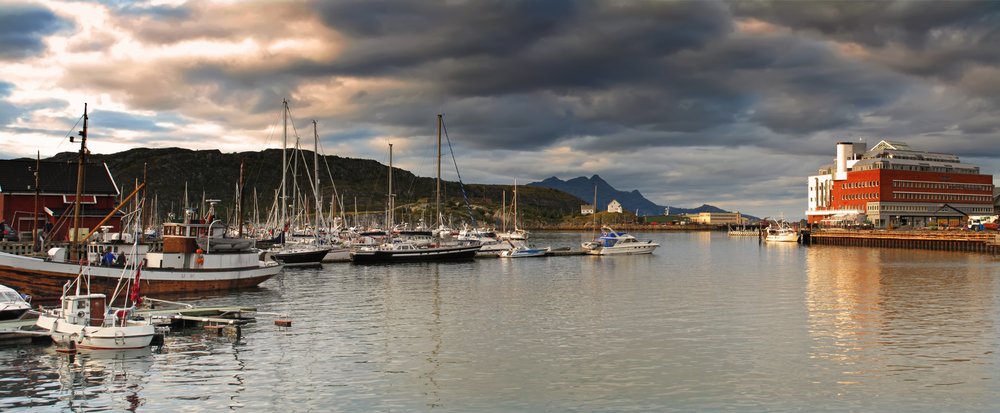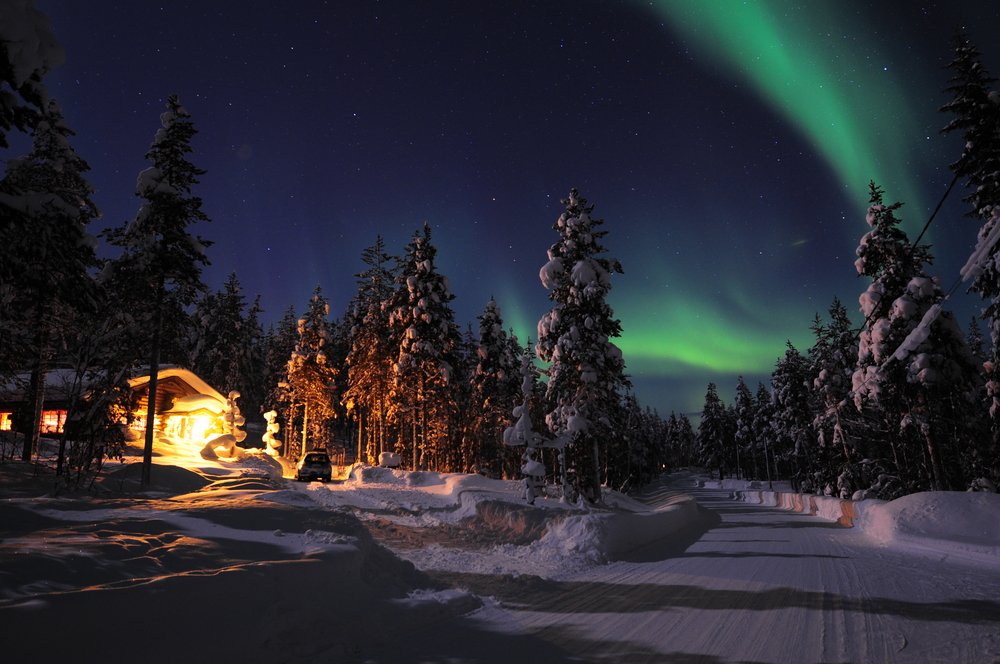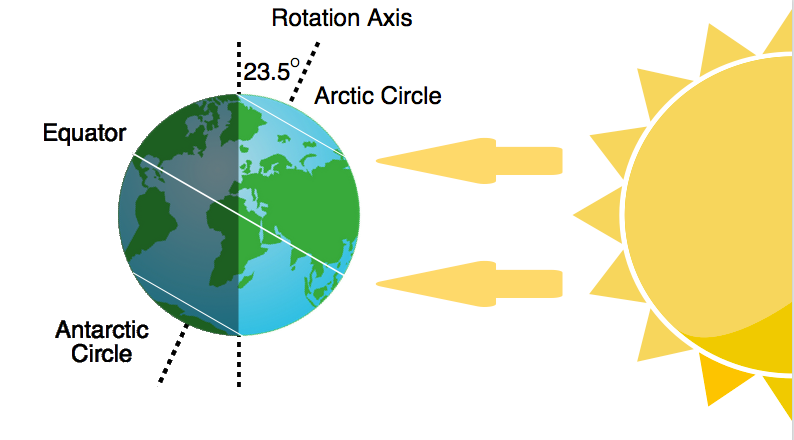Table of Contents (click to expand)
Midnight sun and polar night are caused by the Earth’s rotation on its axis. The Earth is tilted on its axis by about 23.5 degrees, which causes the Sun to not set in the Arctic circle region during the summer solstice and at the North Pole, the Sun does not set for 6 months. Similarly, the Sun does not set in the Antarctic circle region during the winter solstice and at the South Pole, the Sun does not set for six months.
Are you a morning person? Do you simply love the morning and feel that there is never enough daytime to do all the outdoor activities you want? Do you just hate the silence and darkness of night? Or are you a night owl who loves the dark hours? Do all your creative thoughts come to life in the solace of night?
Well, the Earth moves such that you have to face both night and day in your regular life. For some people, night can be very depressing and lonely, whereas there are other people who love the nighttime and they hate nothing more than the morning sunlight.
Well, what if I told you that in this world, there are places where the Sun does not set for days at a time? For all you night owls, don’t worry… these places also have a period of time when the Sun does not rise for days!
Let’s find out where and how this amazing phenomenon occurs!
What Is The Midnight Sun?
Midnight sun is a natural phenomenon where you can see the Sun even at midnight. This phenomenon occurs near the Arctic and Antarctic Circles.

Midnight sun occurs in the Arctic circle during the summer solstice (around June 22), During the same time, in the Antarctic circle, polar night occurs. In the Antarctic circle, midnight sun occurs during the winter solstice (around December 21) and polar night simultaneously occurs in the Arctic circle.
In the Arctic circle, midnight sun can be seen in countries like Norway, Finland, Iceland, Sweden and Canada. In the Antarctic circle, the phenomenon can only be seen in Antarctica, which is not inhabited by humans (aside from a small number of researchers) In fact, in places close to the poles, the Sun does not set for half a year during their respective summer seasons and does not rise for half a year during their winters.
Also Read: Why Doesn’t The Sun Set In Alaska For More Than 2 Months?
What Is The Polar Night?
The opposite of this phenomenon is called ‘polar night‘ when there is no sunlight throughout the day. This occurs only in the polar circles as the regions beyond it get some sunlight because of the atmosphere scattering the light across the sky. This scattering also reduces the area which comes under the polar night. The number of days where the sun is under the horizon is around 179 days, but not all of them are counted as polar nights because of scattering.

Polar Night (Credits: Richard Cavalleri/Shutterstock)
Also Read: Why Do Different Places On Earth Have Different Sunrise And Sunset Times?
Why Do Midnight Sun And Polar Night Occur?
Earth completes one rotation on its axis every 24 hours, which causes the change between day and night. The earth is tilted by about 23.5 degrees on its axis. If Earth was to be perpendicular to its axis, then we would have 12 hours of daylight and 12 hours of the night every day on every part of the earth throughout the year.
As a result of earth’s axial tilt, the sun does not set in the Arctic circle region during the summer solstice and at the North Pole, the Sun does not set for 6 months. Similarly, it does not set in the Antarctic circle region during the winter solstice and at the South Pole, it does not set for six months.

Wow! No matter how much you love night or day, can you imagine yourself living in an area where the Sun does not set for six months, but for the next six months, the world is entirely dark?
How well do you understand the article above!

